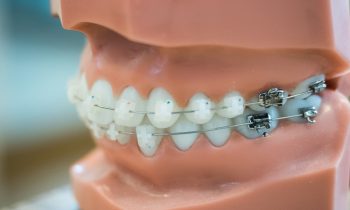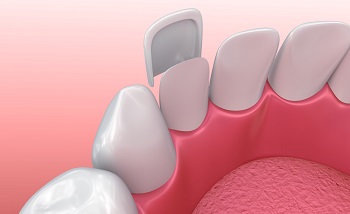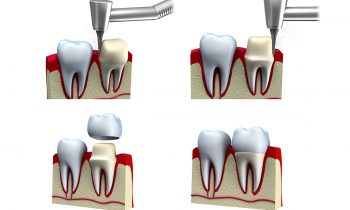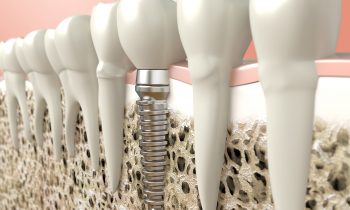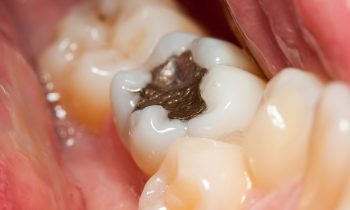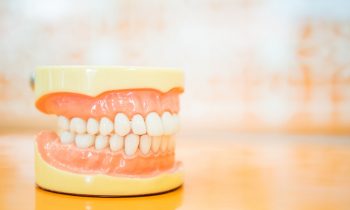Filling Restorations
Dental filling is a restorative dental procedure that replaces lost dentin and restores teeth to its original shape. It can also help prevent cavities from spreading, and bacteria from entering by closing cracks found on the tooth. The process begins by eliminating dead tissue and cleaning the tooth, and then the dentist place the filling and shapes the tooth appropriately. In addition, dental filling is also used to improve the appearance of teeth, such as closing gaps between teeth and reshaping teeth.
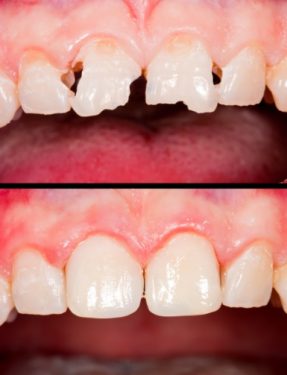
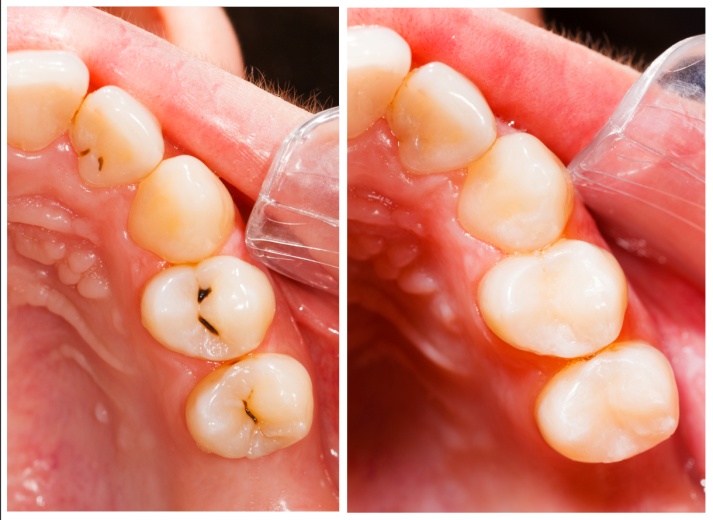
What are the different types of fillings?
Choosing which material to be used for filling depends on the area of the tooth that needs filling and the extent of tooth decay. In some cases, there is sensitivity to the material in some individual.
- Gold fillings – this type of filling is the most costly among all the available fillings, but it is very durable that it can last up to 20 years. This type of filling also requires several visits to the dentist because these are made at a dental laboratory.
- Amalagam fillings – this type of filling is metal based, composing of alloys of mercury, silver and copper. Due to its durability, it is often used for teeth that need to withstand chewing. However, it is not aesthetically pleasing, so it is not recommended for front teeth. The material is often used because it easily adheres well into the tooth. This type of filling is also less costly, compared to other fillings and it can be done in one visit. It is however advised to wait 8 hours for the filling to completely harden before eating hard-to-chew food.
- Composite resin – it is a type of polymer that can be shaped easily into the desired form. This type of material is similar to the color of the teeth; it is available in several colors. It is mostly used in teeth that are visible on the smile line. After cleaning and removing tooth decay, apply bonding agent, the filling is placed directly into the teeth, and then light cured to harden the material. This type of filling is not recommended for very wide area.
- Glass ionomer cement- is a restorative material similar to the properties of the teeth as well. It releases fluoride to help prevent tooth decay. It does not cause any adverse effect on the oral tissues. Its color is also similar to natural teeth; it is durable and can withstand heavy chewing.
- Porcelain – also called inlays or onlays. This filling is ideal for large broken crown of the tooth fabricated in a laboratory. It is very durable as well and can mimic the color to match the color of the natural teeth. This type of filling is also resistant to stains. Onlays and inlays can also be made with high grade gold, but are a bit more costly.

Aftercare for Filling Restoration
After filling, patient must maintain proper oral. Brush teeth, at least twice a day, and use mouthwash and floss regularly. A regular dental checkup at least every 6 months will also help maintain the fillings in good shape. In case filling cracks or breaks, have the dentist check it as soon as possible.

